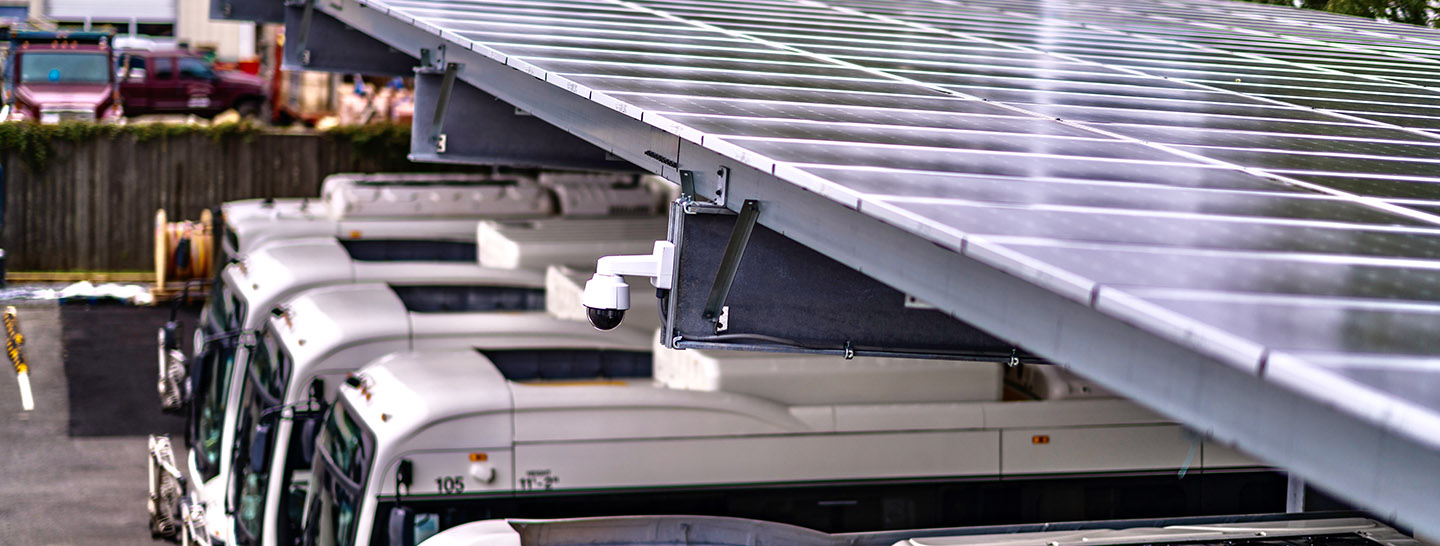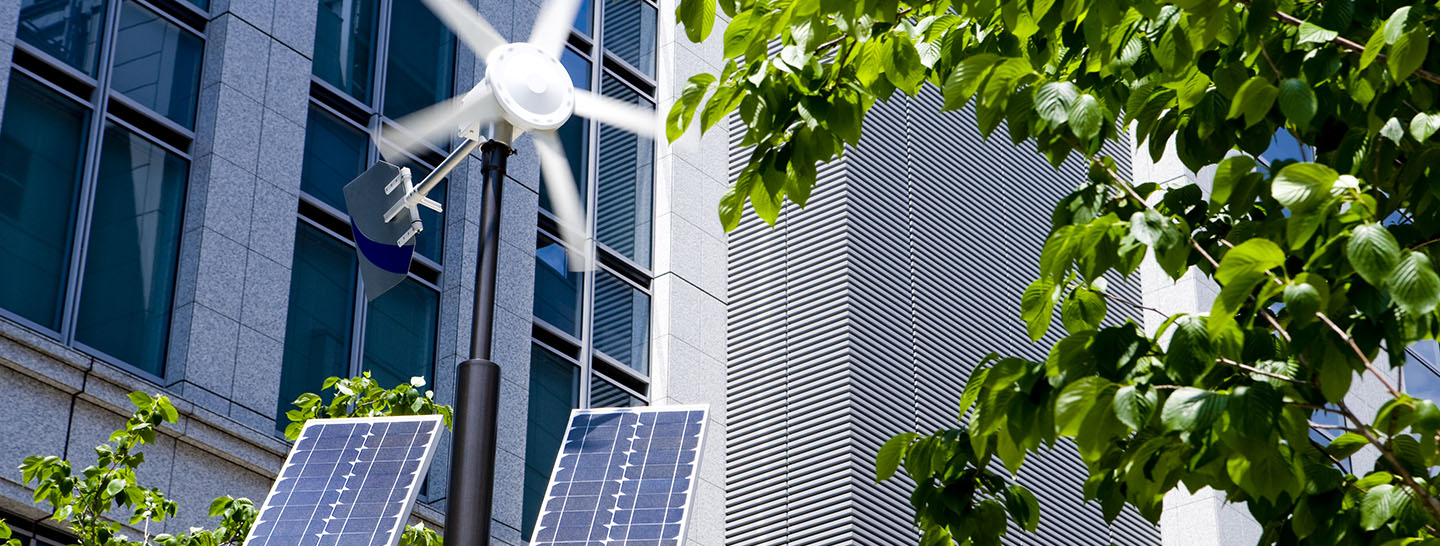Surya Panditi is the President and CEO of Enel X North America. Today, he is sharing his thoughts on how revisions to FERC Order 2222 could increase the benefits from distributed energy resources participating in wholesale energy markets.
In September 2020, when the Federal Energy Regulatory Commission (FERC) released FERC Order No. 2222, our team at Enel X was in full celebration mode. The Order requires system operators to remove barriers for distributed energy resources (DERs) like rooftop solar panels and on-site batteries to participate in wholesale energy markets. It’s a win for fair competition and energy costs, a win for sustainability, and above all – a win for grid reliability.
But now that system operators have officially begun submitting their compliance filings, it’s clear there is still some work to be done if we’re going to truly level the playing field for DERs and unlock their full value. That’s not to discredit the hard work of those system operators, but I don’t want to see the opportunity of Order 2222 pass us by.
What are DERs, and what’s the benefit of them fully participating in the wholesale market?
DERs give grid operators flexible resources to tap into to meet our electricity needs, especially during peak demand hours, like in the evening when solar production stops and households ramp up their energy use. DERs such as demand response, energy storage, rooftop solar, and electric vehicles can contribute energy to stabilize the grid quickly, cleanly, and cost-effectively.
An example we often use at Enel X is a fleet of electric school buses that’s enrolled in virtual power plant services. When those buses are charged, a grid operator could tap into the fleet’s batteries to provide energy for a neighboring community. In this scenario, where DERs are fully integrated into the wholesale market, the school district earns revenue for its contribution to the grid and overall energy costs go down, since we avoided the need for expensive and high-emitting backup power plants.
So, what comes next for FERC Order 2222?
As more grid operators submit their Order 2222 compliance filings and FERC reviews the proposals, I strongly urge the Commission to push for the following revisions in its response.
1) Open Participation at the Sub-Meter Level
Some system operators are proposing that wholesale settlements only be allowed at customers’ main meters – those installed on the side of a house or building. However, the meters needed for settlement purposes are expensive, and many customers don’t have them installed. This raises the barrier to entry, especially for residential households, where the proper meter would cost hundreds of dollars.
If system operators would allow DERs with embedded metering, such as EV smart chargers and smart thermostats, to be used for settlement, it would open opportunities for many more residential and commercial customers to participate in the wholesale market.
2) Embrace DER Aggregation Across Multiple Transmission Nodes
When we bundle together hundreds or thousands of small-scale DERs across a large area, it allows us to bid that aggregated capacity into wholesale markets. There are two major benefits to aggregation – it mitigates risk for each individual customer who participates in the group, and it allows aggregators to meet the minimum size thresholds for wholesale participation.
However, with system operators proposing to limit that aggregation to a single transmission node (read: small geographic area) instead of allowing multi-nodal aggregation, we won’t be able to tap into the full potential of DERs.
3) Roll Back Sweeping Restrictions on Net-Metered Customers
Residential and commercial customers with solar panels can enroll in net-metering programs, which compensate them for supplying power back into the grid. PJM and CAISO both want to restrict these customers from receiving additional credit for their grid injections that come from other DERs, like energy storage or demand response. This leaves critical capacity on the table while also discouraging net-metered customers from combining their solar with other flexibility solutions.
Again, this type of sweeping prohibition is limiting market participation for DERs and holding us back from realizing their full benefits and value.
The approval of FERC Order 2222 was a landmark moment in energy regulation, and an enormous step forward for the prospect of a 100% clean and reliable grid. But without taking these three final steps, the growth and competition of DERs will remain severely hindered.







